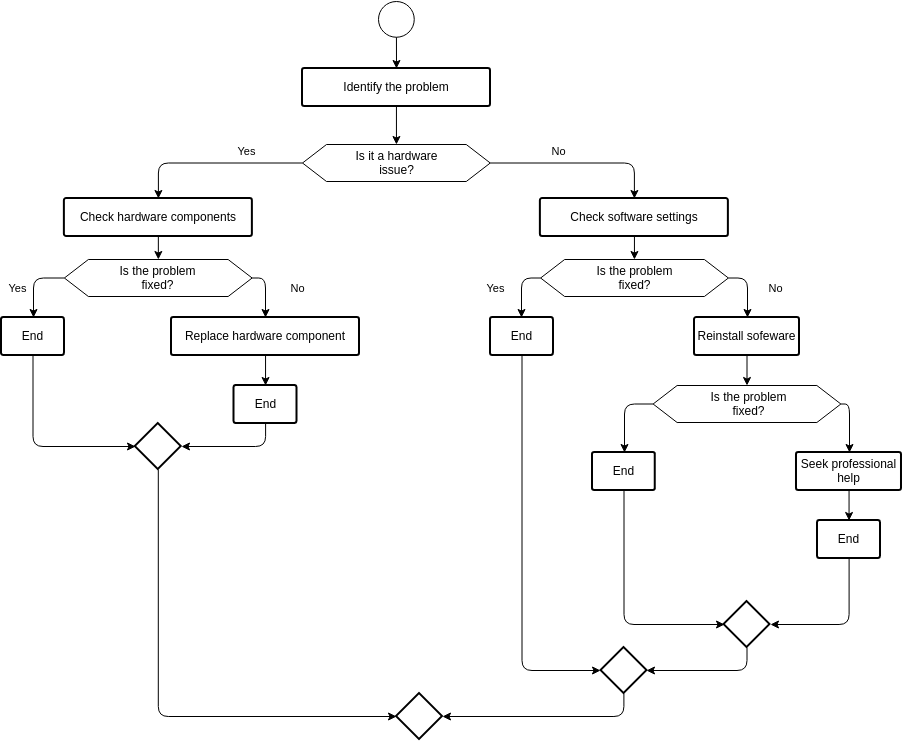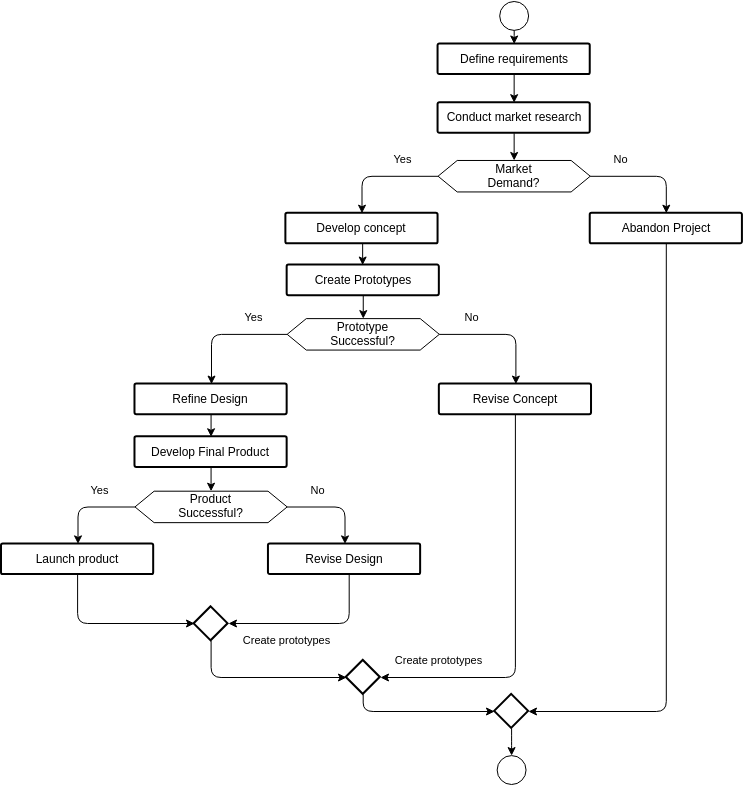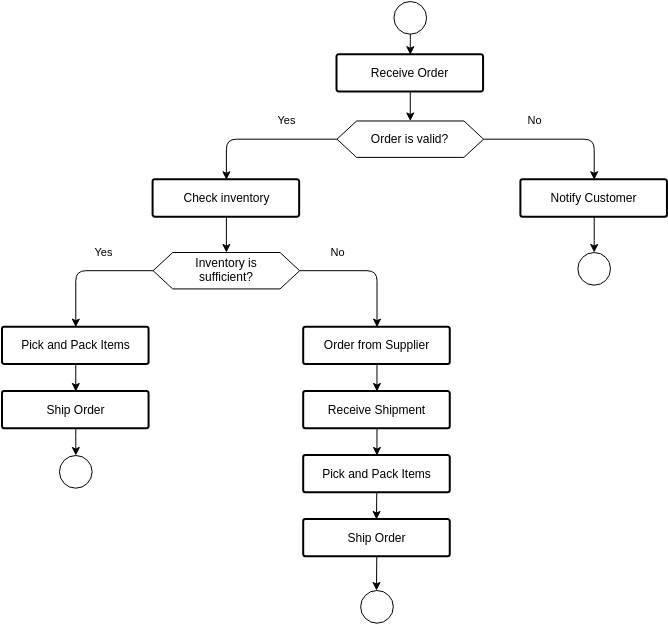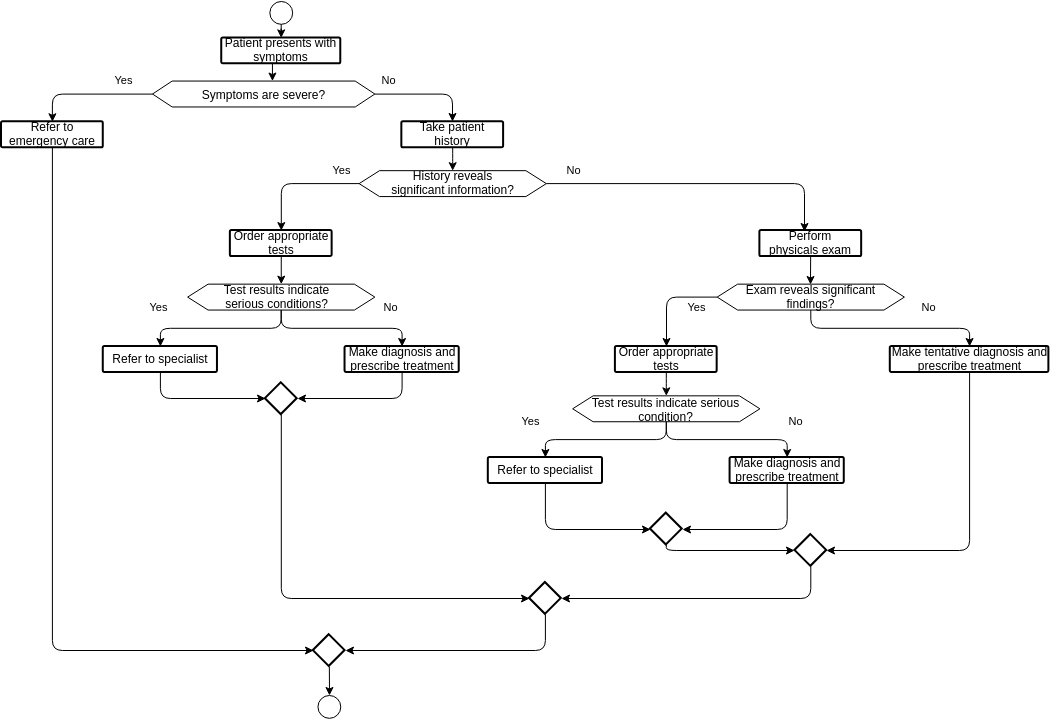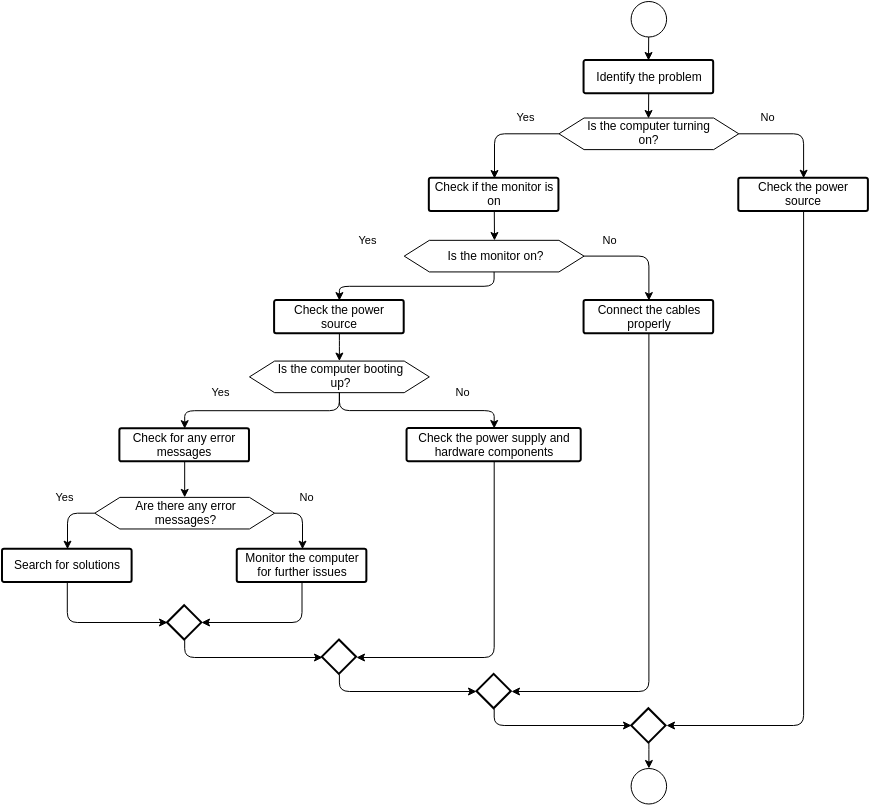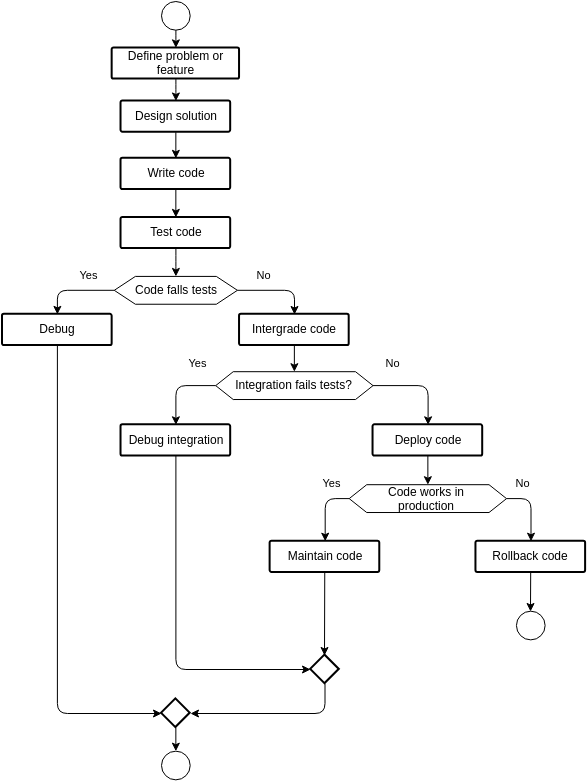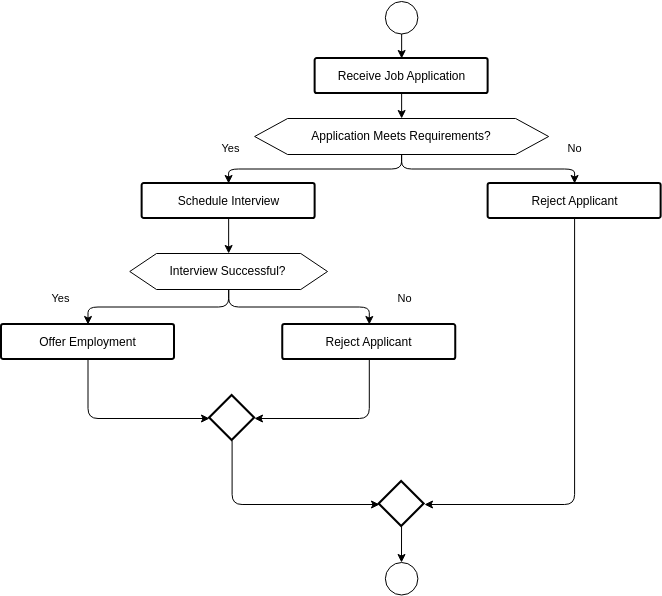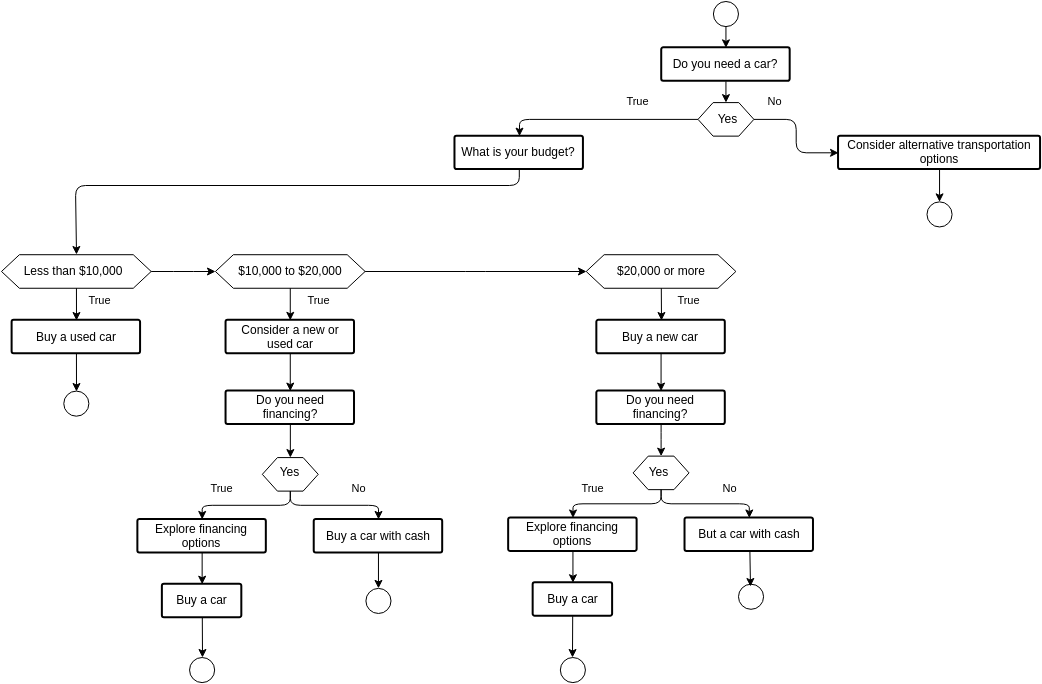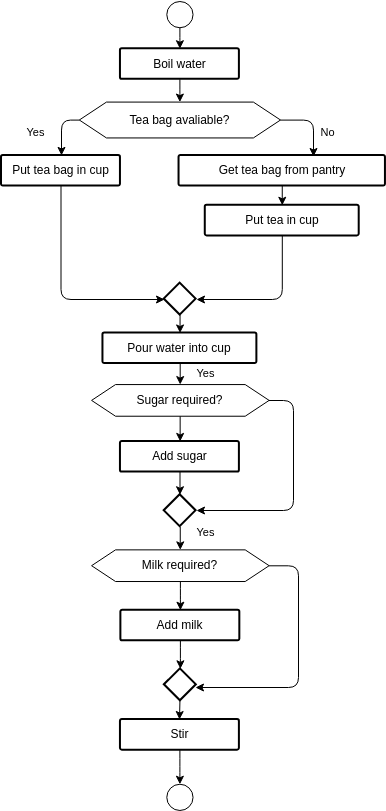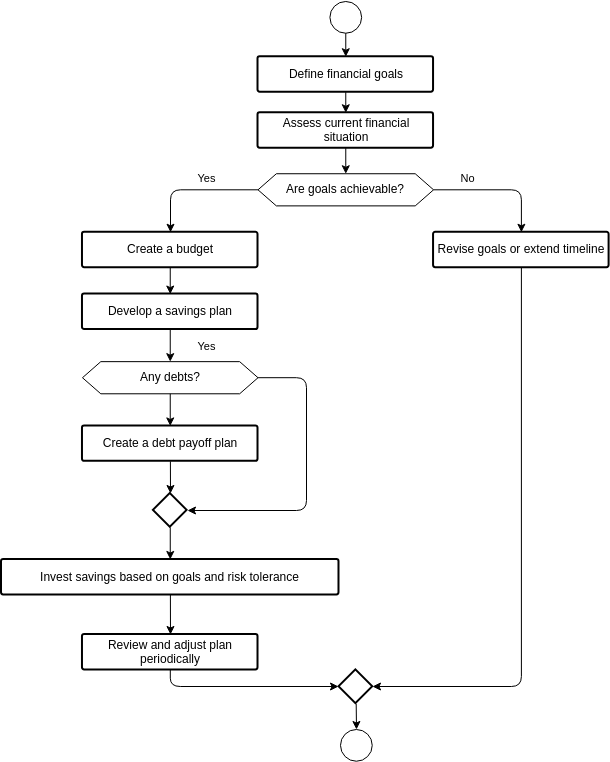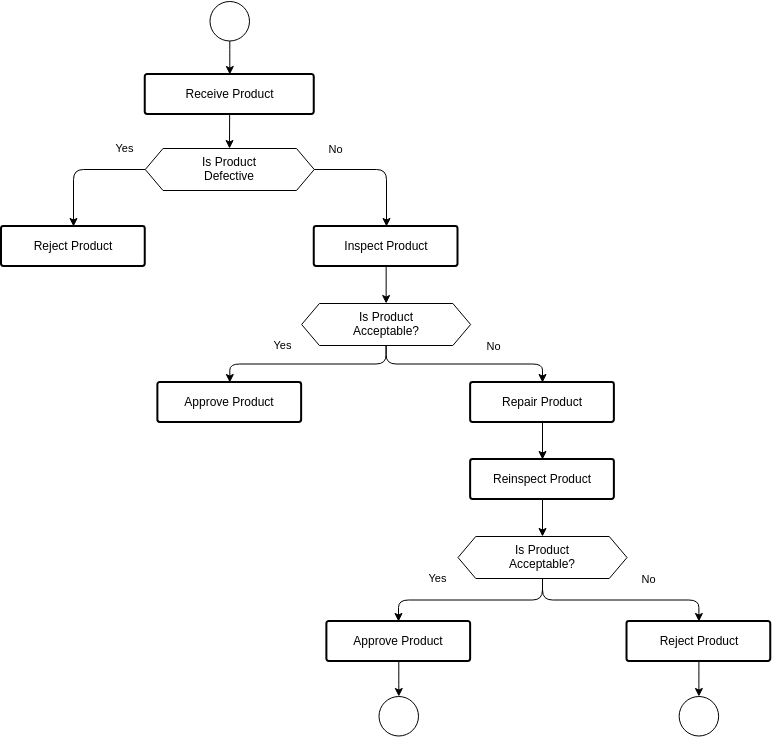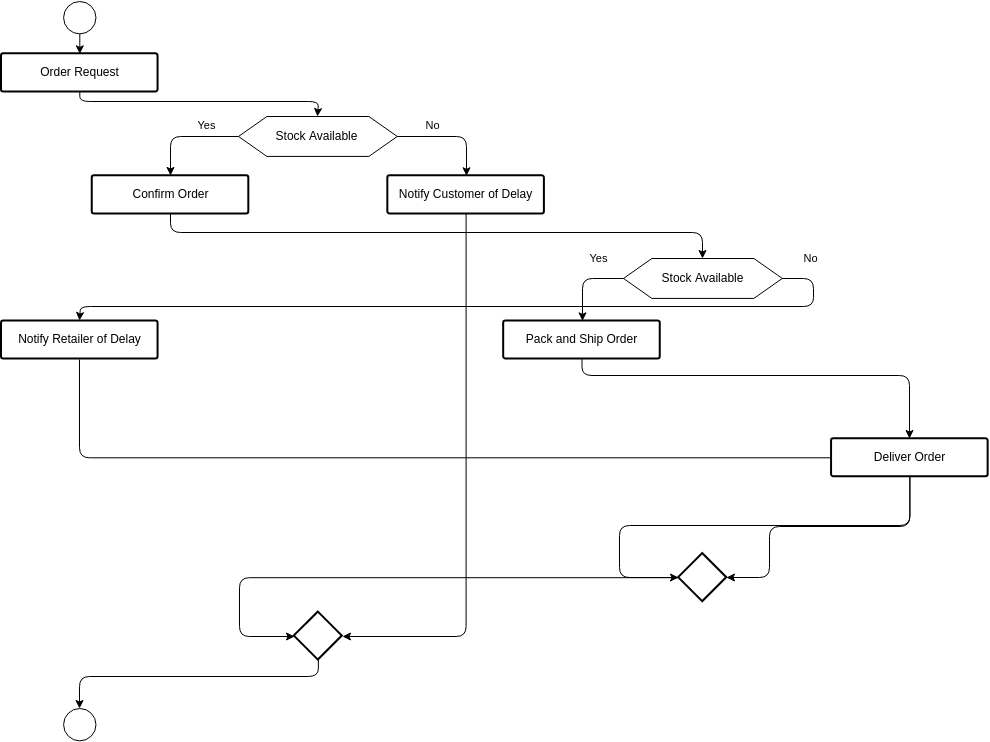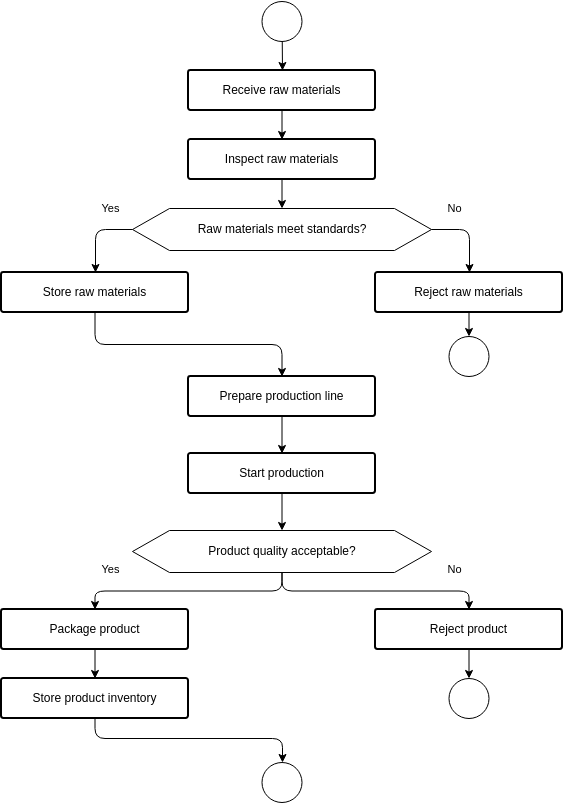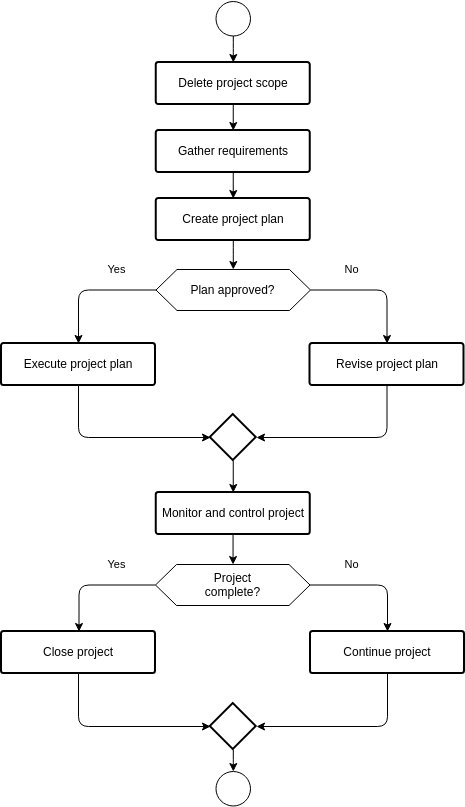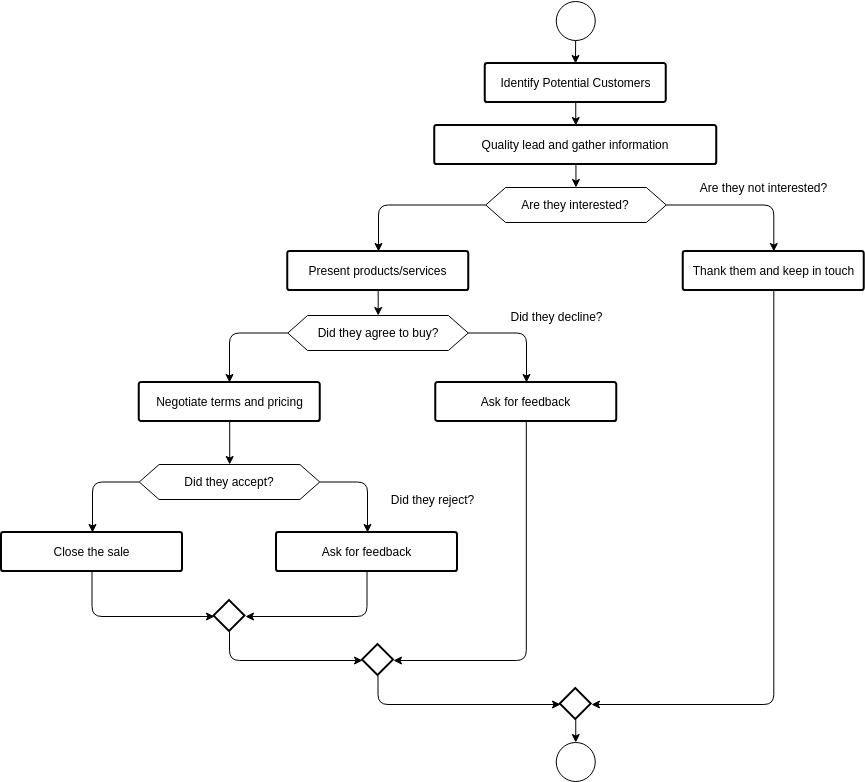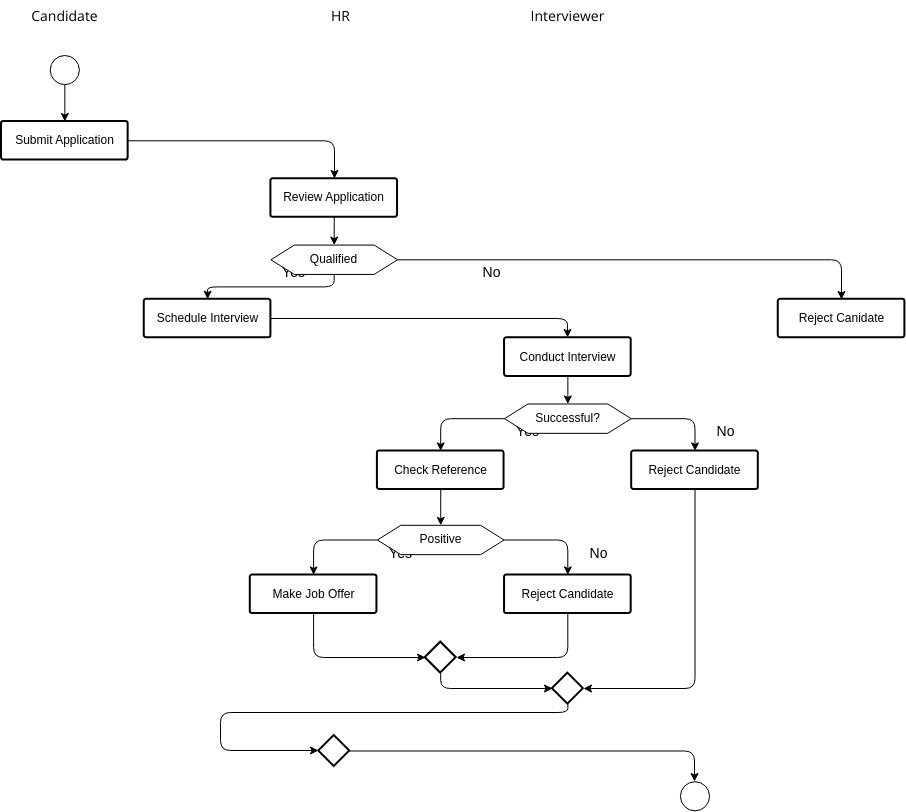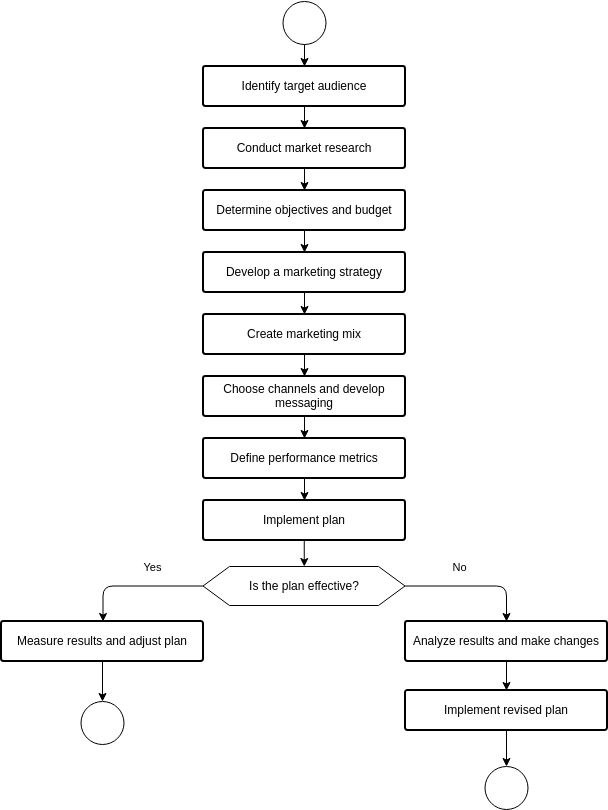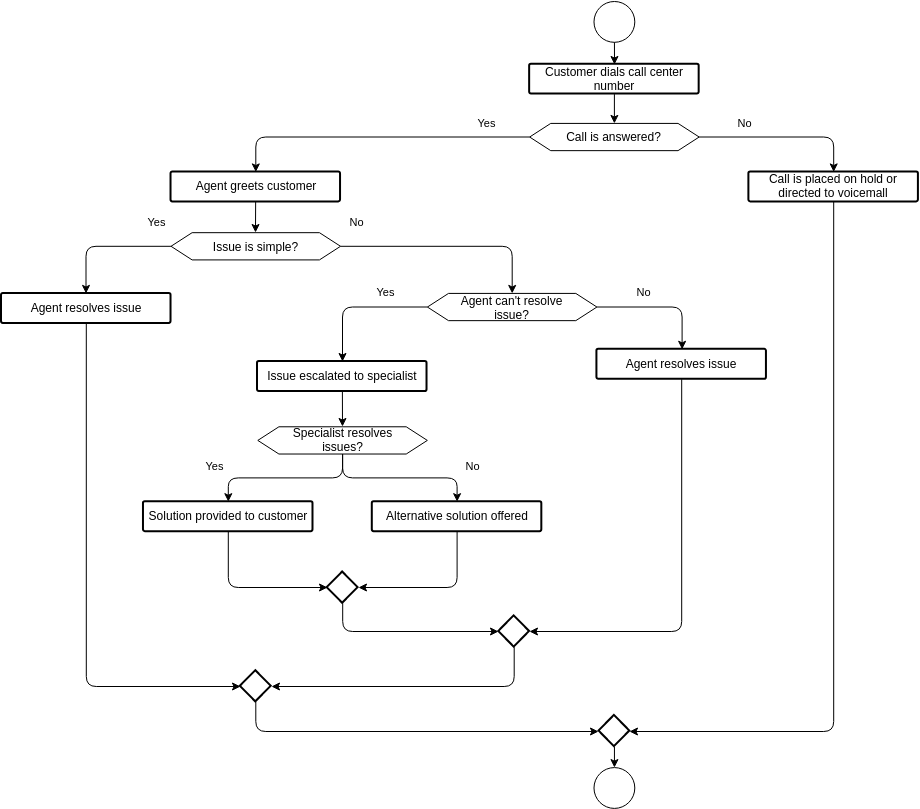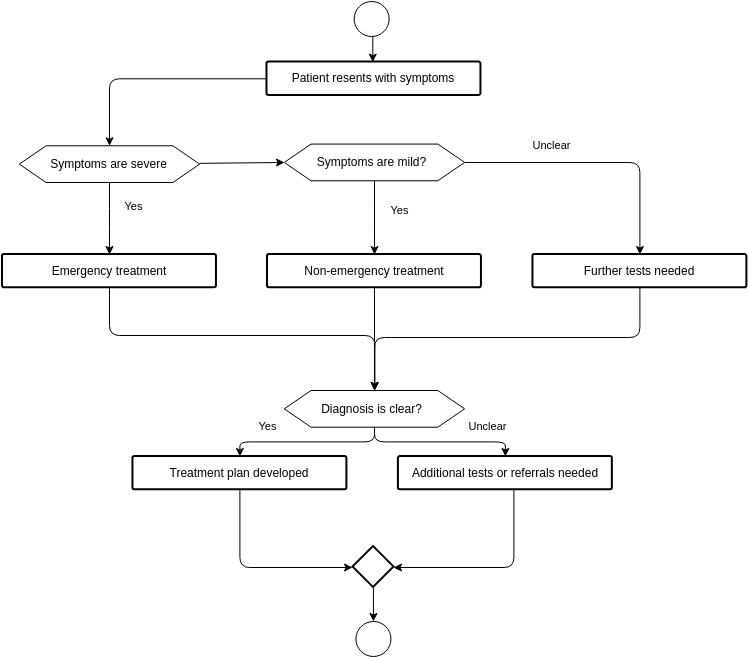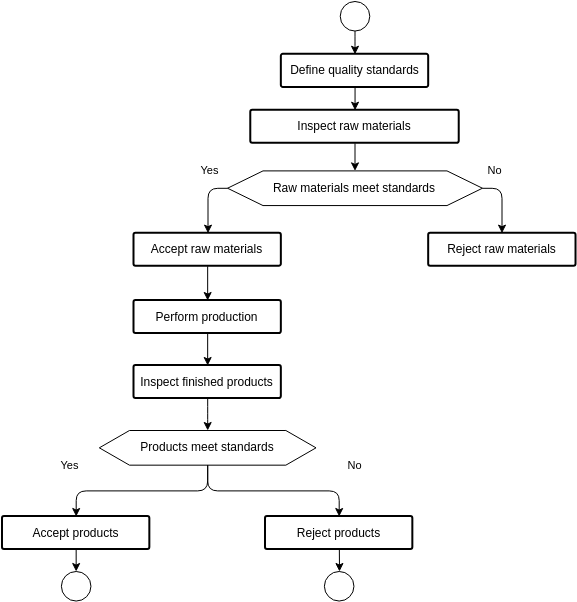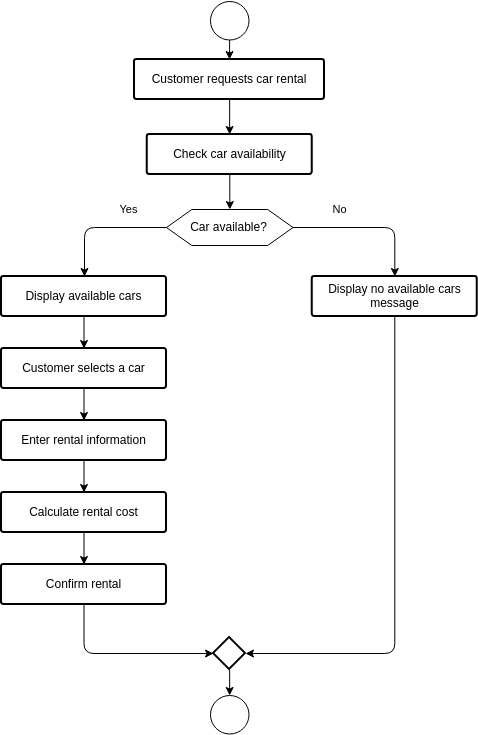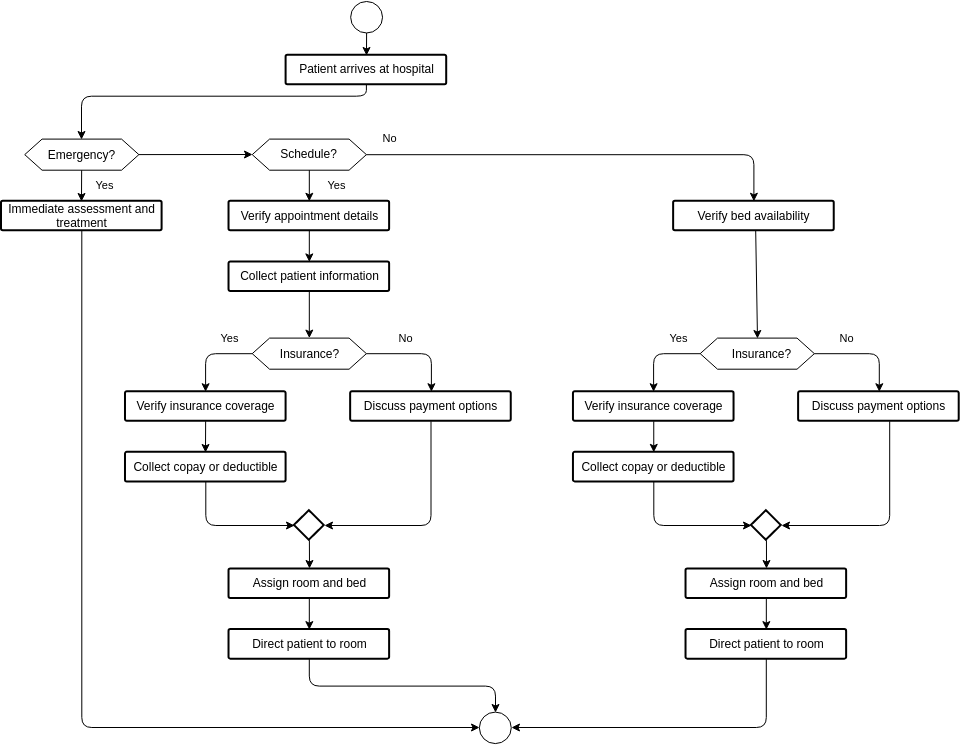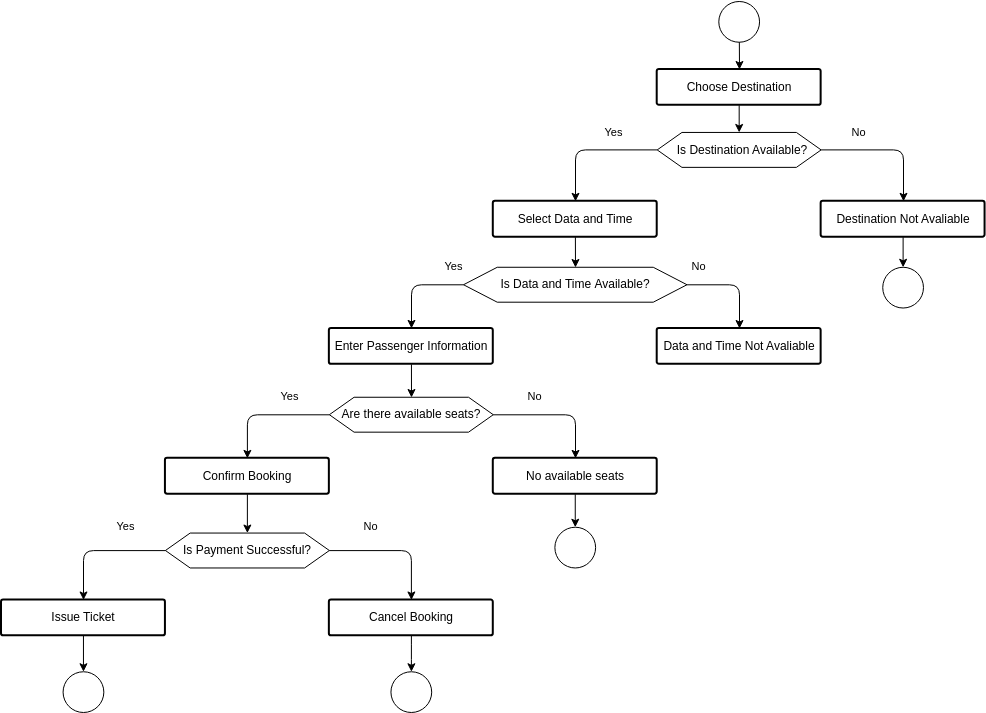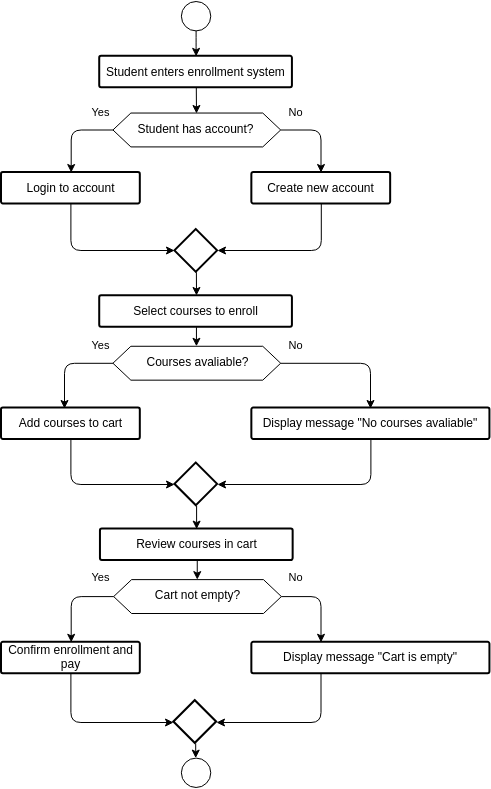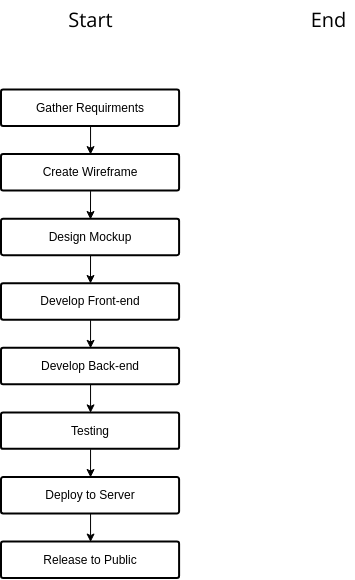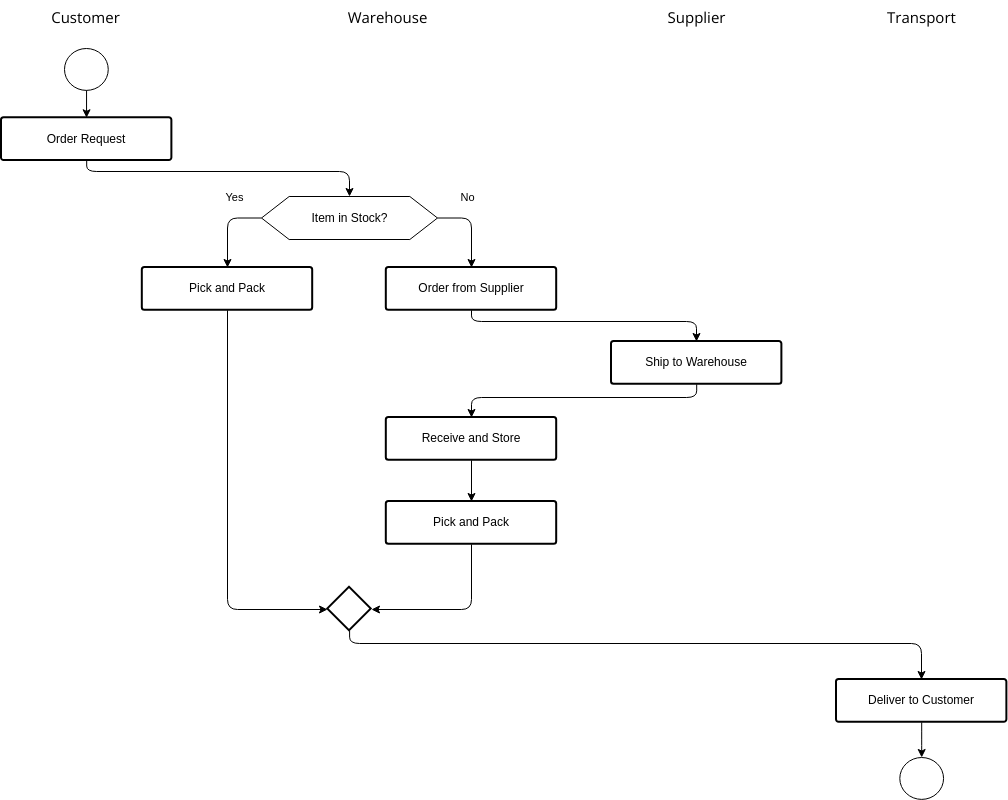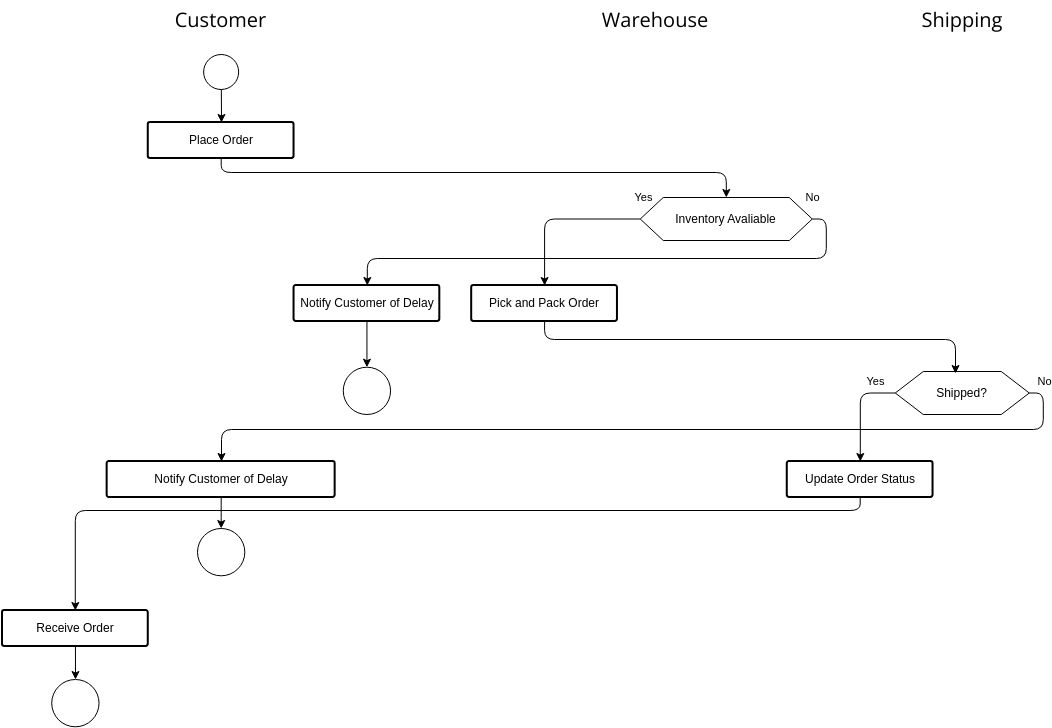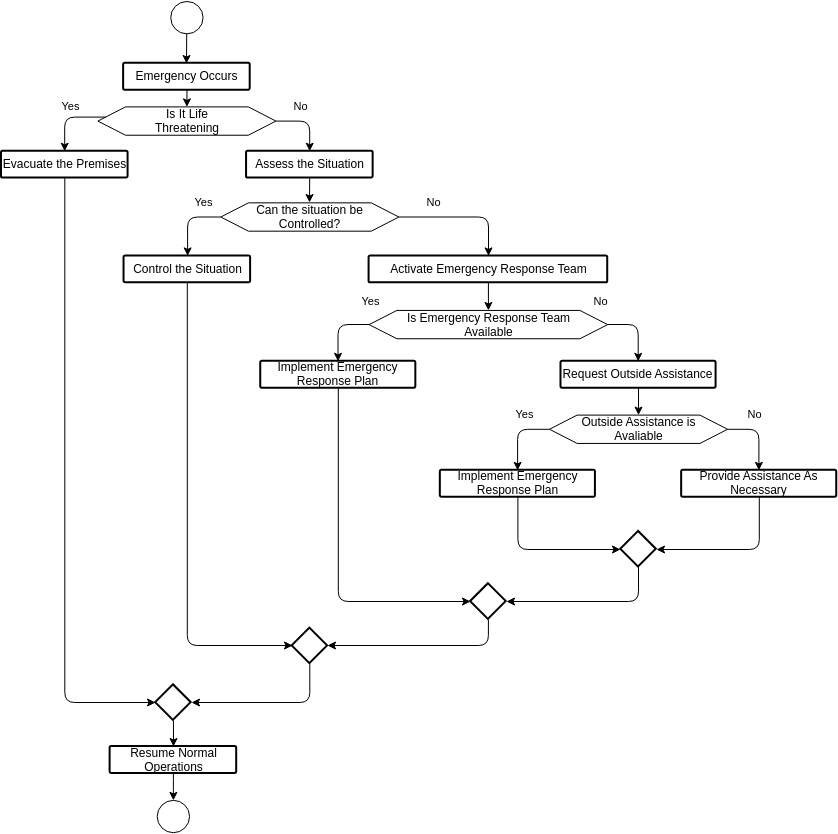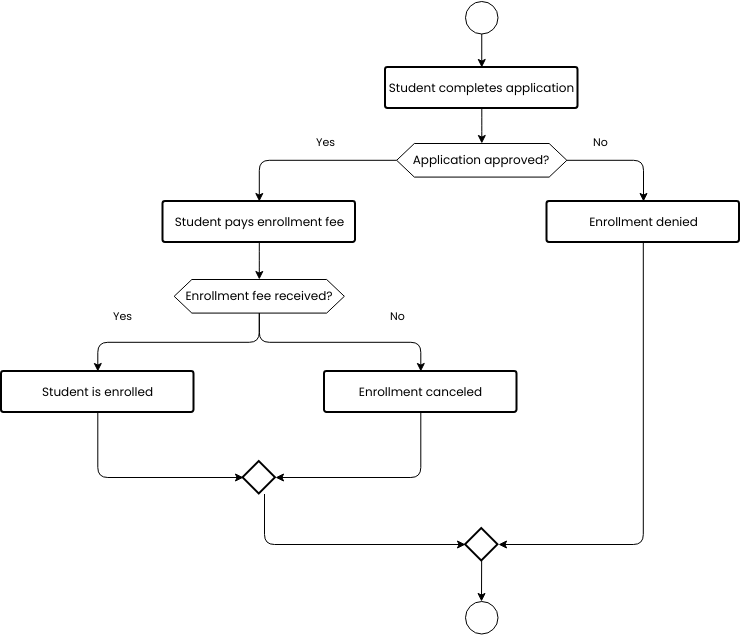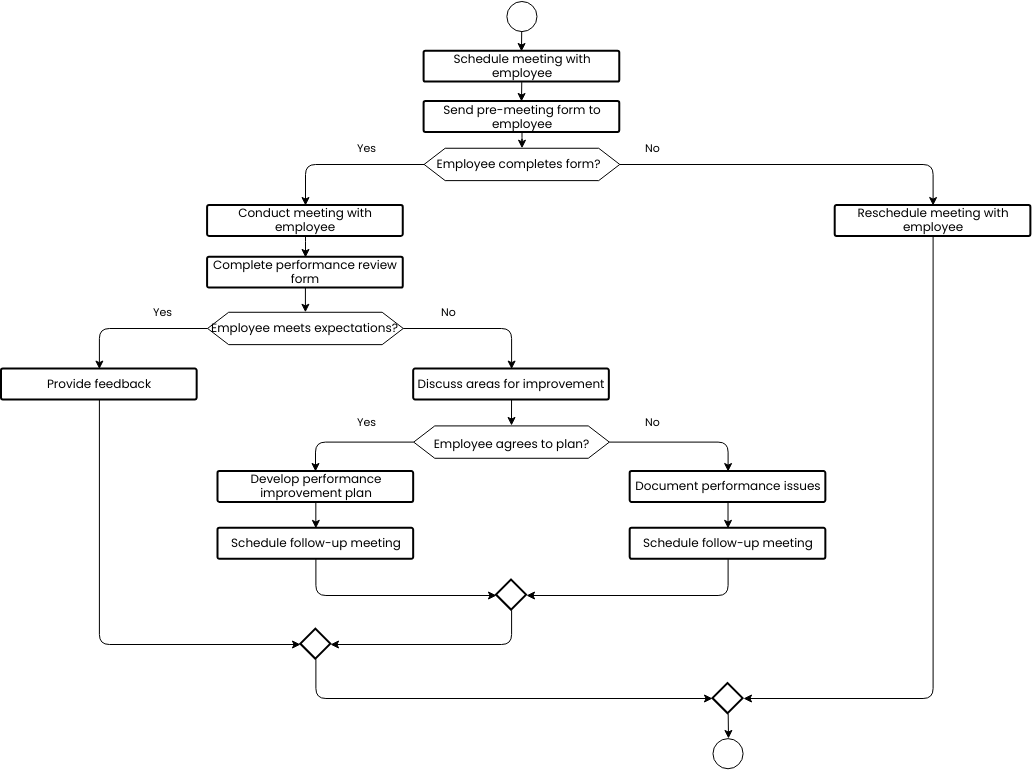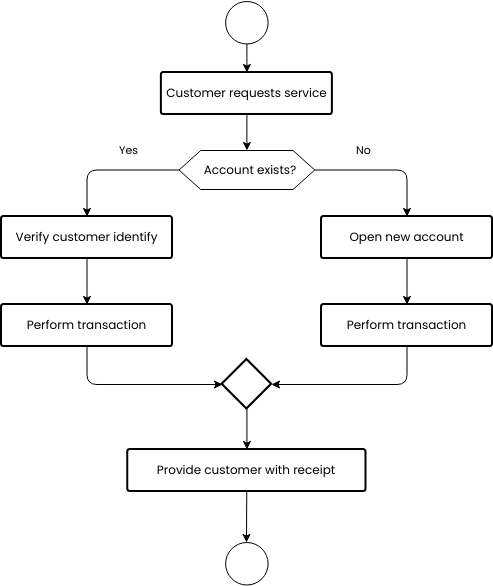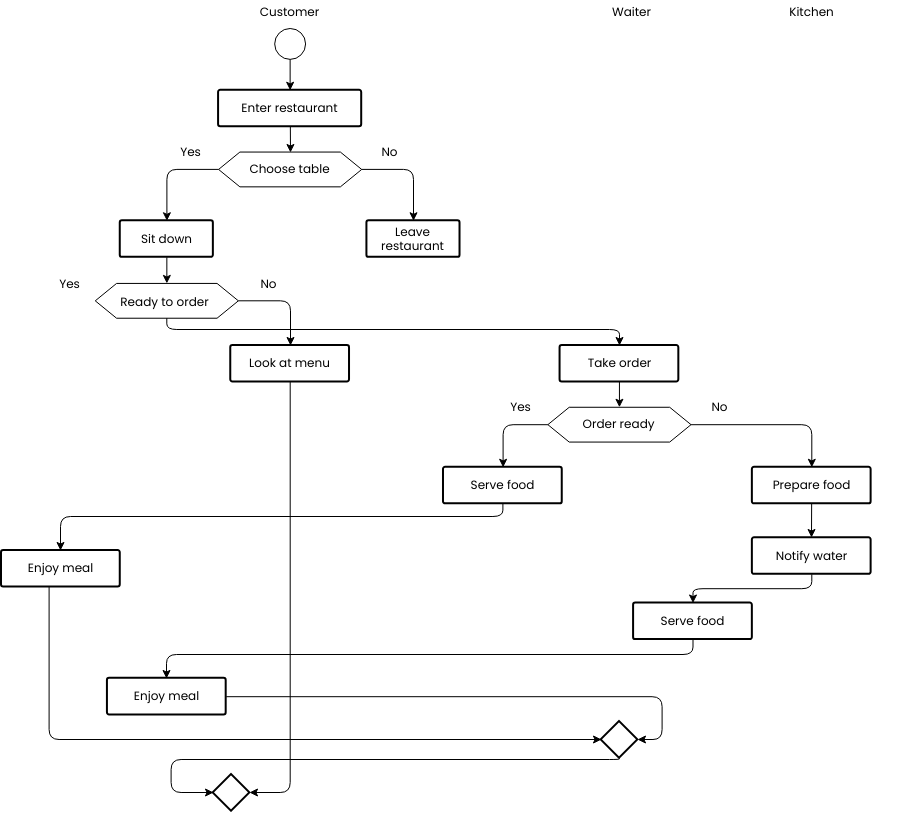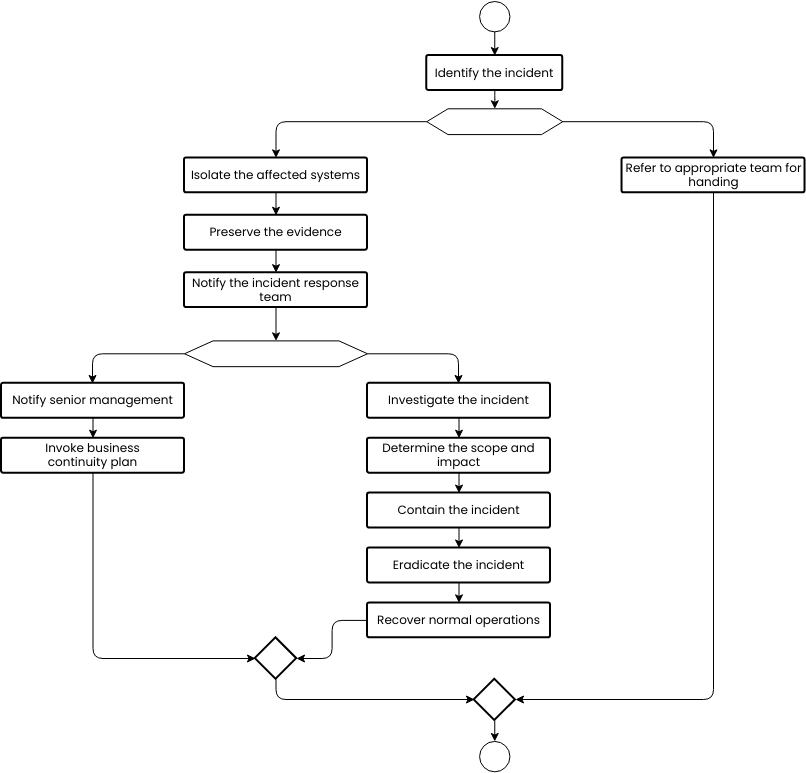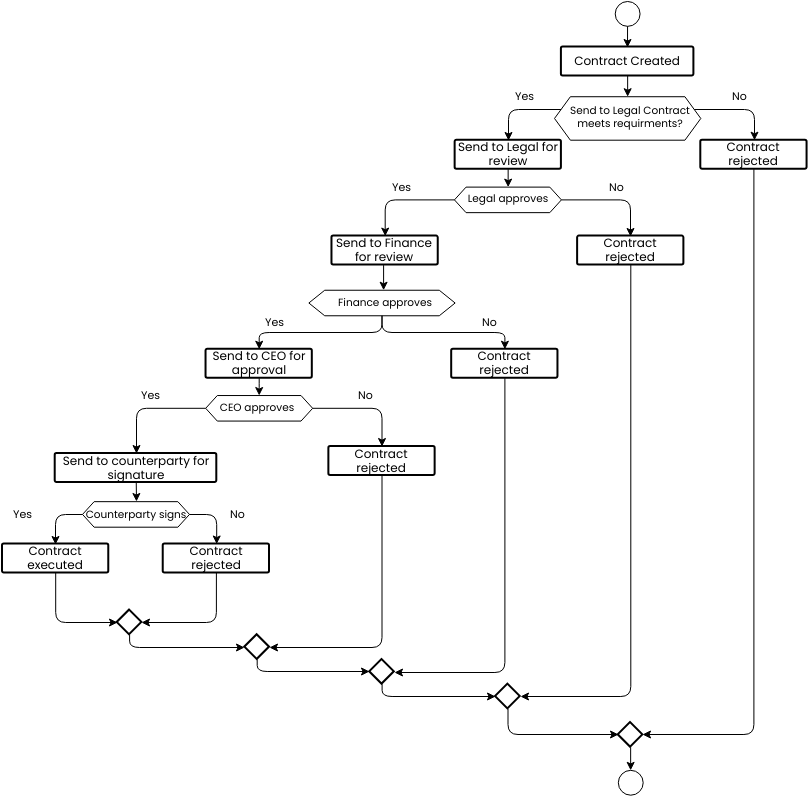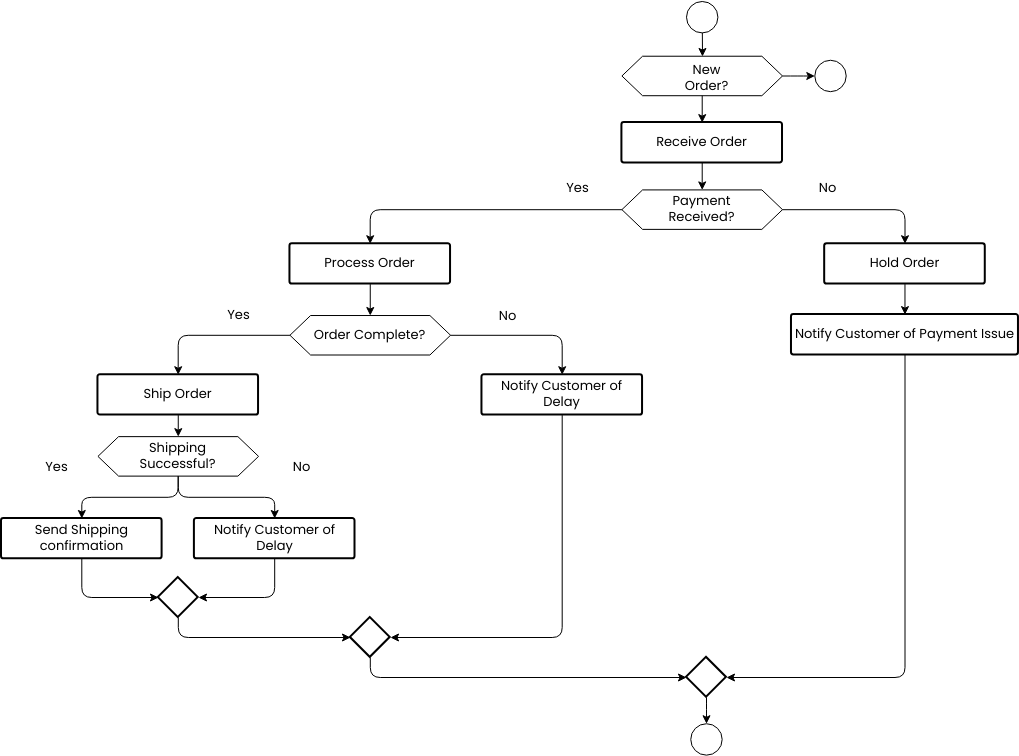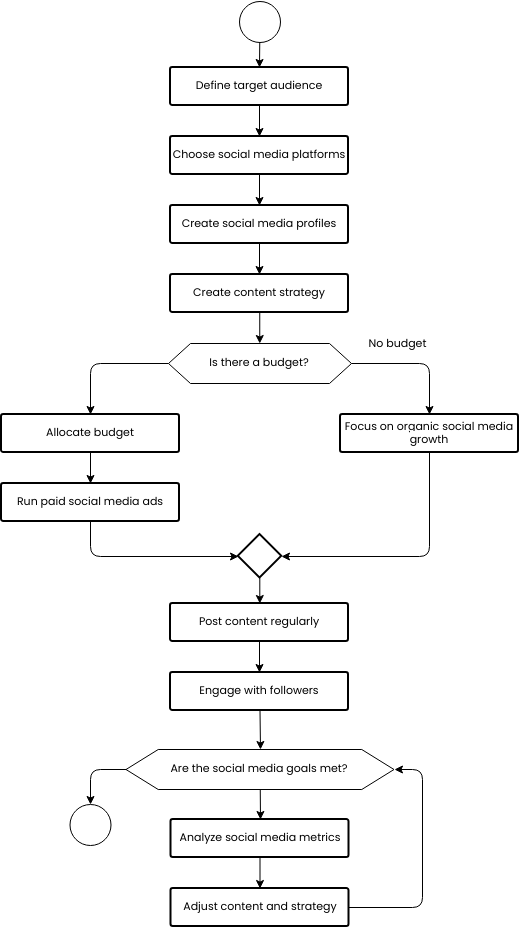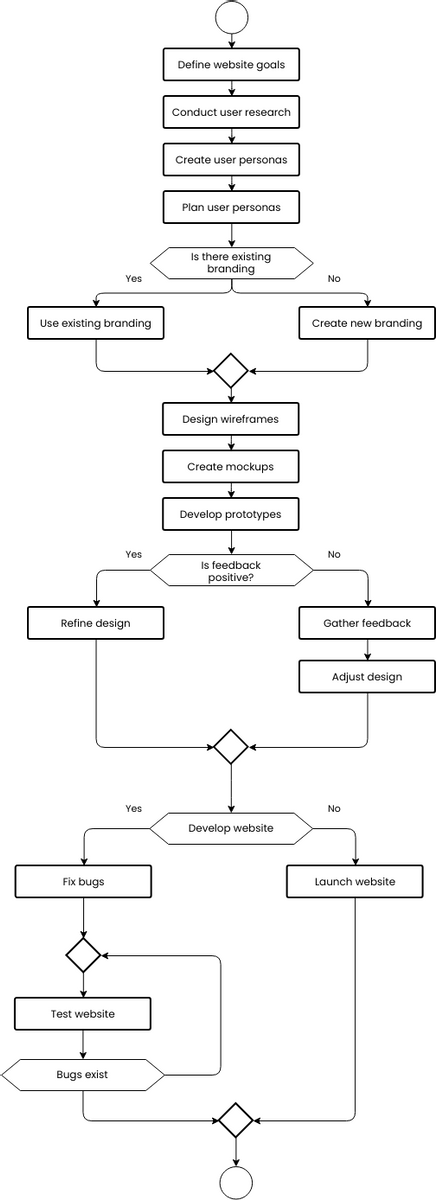This flowchart outlines a structured approach for troubleshooting a computer problem. The process begins with identifying the problem, which involves understanding the symptoms and determining the root cause of the issue.
Once the problem has been identified, the next step is to check the software settings. This involves reviewing the settings and configurations of the software that is involved in the problem, such as the operating system, applications, or drivers. This step may involve adjusting the settings to resolve the issue.
If the issue persists, the next step is to reinstall the software. This involves removing the software that is causing the problem and then reinstalling it. This step is often effective for resolving issues related to software corruption, conflicts, or errors.
If the issue still persists after reinstalling the software, the final step is to seek professional help. This may involve contacting technical support, a computer repair technician, or an IT specialist. This step is particularly useful for complex or persistent issues that require specialized knowledge or expertise.
Overall, this flowchart provides a clear and structured approach to troubleshooting computer problems, emphasizing the importance of identifying the problem, checking software settings, reinstalling software, and seeking professional help as needed. By following this process, computer users can effectively resolve issues with their computers, improving their productivity and avoiding potential downtime or data loss. This flowchart also highlights the importance of understanding the root cause of the issue and taking a systematic approach to resolving the problem, which helps to minimize the risk of further issues or complications.
Use of Flowchart for troubleshooting a computer problem
Firstly, the flowchart helps to ensure that computer users follow a consistent and standardized approach to troubleshooting. This is particularly useful for organizations with multiple IT support teams or technicians, as it helps to ensure that all team members are following the same approach and using the same best practices.
Secondly, the flowchart can help to improve the efficiency of the troubleshooting process. By breaking down the troubleshooting process into smaller, more manageable steps, the flowchart can help computer users to identify and resolve issues more quickly and effectively.
Thirdly, the flowchart can help to reduce the risk of user error or misunderstanding. By providing a visual representation of the troubleshooting process, the flowchart helps to ensure that computer users understand the steps involved and the order in which they should be taken.
Fourthly, the flowchart can help to improve the quality of the troubleshooting process. By providing a structured and systematic approach, the flowchart helps to ensure that computer users identify and address the root cause of the issue, rather than simply addressing the symptoms.
Overall, using a flowchart for troubleshooting a computer problem can help computer users to optimize their troubleshooting processes, improve the efficiency and quality of their troubleshooting efforts, and ultimately resolve the problem more successfully. By following a structured and standardized approach to troubleshooting, computer users can minimize the risk of further issues or complications and ensure the ongoing productivity and functionality of their computer systems.
Are you looking for any templates for creating flowchart? Right away, go to Visual Paradigm Online to browse the available templates.
